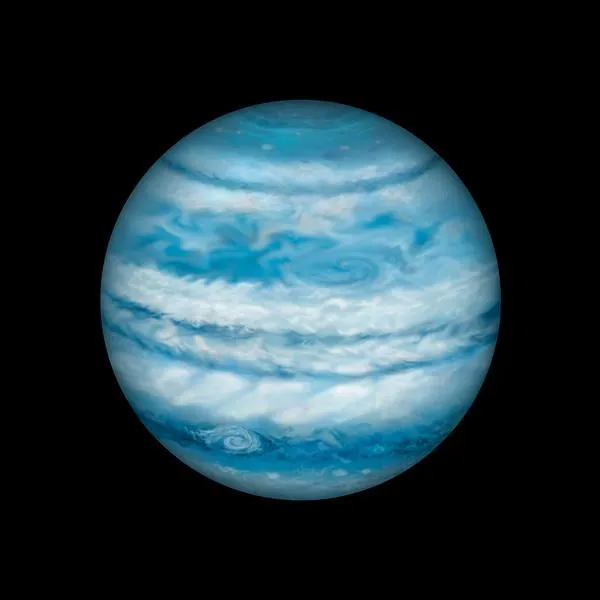This Jupiter-Sized Planet Is the Largest Found Orbiting Two Suns
Any orbiting moons could be habitable—but scientists have yet to spot them
/https://tf-cmsv2-smithsonianmag-media.s3.amazonaws.com/filer/0b/87/0b870e10-aefe-43d3-a495-b3eda0d75467/i-mhkfknk-xl.jpg)
Though Earth-dwellers may only get one sunrise and sunset each day, over the years scientists have found a handful of exoplanets that orbit two stars. And like Luke Skywalker’s home planet of Tatooine, these binary star systems perform a complicated dance through the cosmos to maintain their delicate balance. Now, astronomers have discovered the largest planet to orbit two stars so far—and it might even have habitable moons.
While this newly-confirmed planet, dubbed “Kepler-1647 b,” is about the same age as the Earth (around 4.4 billion years old), the similarities stop there. Not only does Kepler-1647 b orbit two stars, but it is a gas giant with more or less the same size and mass of our own gaseous neighbor Jupiter.
This new planet is also notable for having one of the widest orbits that scientists have noted so far, with a year there lasting about 1,107 Earth days, Mike Wall reports for Space.com. Although it seems like such a big planet would be easy to pick out, that wide orbit paired with the dual stars made it tough for scientists to confirm Kepler-1647 b’s existence.

“Finding circumbinary planets is much harder than finding planets around single stars,” said San Diego State University astronomer William Welsh, who helped identify the new planet, says in a statement. “The transits are not regularly spaced in time and they can vary in duration and even depth.”
The planet’s wide, complex orbit might have confused astronomers at first, but it’s also one of its more intriguing characteristics. Kepler-1647 b’s orbit positions the big planet at about 2.7 astronomical units (AU) from both of its suns. While it’s further than the Earth is from our own sun (just one AU), this orbit places Kepler-1647 b smack in the “Goldilocks zone” between its two stars—the spot where it gets just enough heat and light for water to form, Rachel Feltman reports for the Washington Post.
The planet itself likely couldn’t support life as it exists on Earth. But it could have moons that do since they would always linger in that habitable zone, researcher Tobias C. Hinse tells Nicola Davis for The Guardian. “There is actually a region between the [two stars] and the planet [Kepler-1647 b] where you can have an Earth-like planet on a stable orbit for billions of years," he says. "We didn’t detect it, but it is possible.”
Hinse is an author on a new study documenting the planet that is currently available on Arxiv pre-print server.
Astronomers have yet to detect any moons orbiting Kepler-1647 b, but the possibility is tantalizing. Studying the planet itself is important as well, Welsh explains. “Habitability aside, Kepler-1647b is important because it is the tip of the iceberg of a theoretically predicted population of large, long-period circumbinary planets,” he says.